A porch can create an inviting and welcoming space when designed properly. Although, it takes more than just a good appearance to make a great porch. It's also important to pick materials that will hold up to the elements and different weather conditions, especially for a porch ceiling to protect your porch. There is a lot of timber available for purchase, and not all of them are good choices for outside use. We have compared lumber available for purchase and can tell you the best options for your wood ceiling.
The best wood options for a porch ceiling include:
- Southern Yellow Pine
- Redwood
- Cedar
- Cypress
- Douglas-Fir
- African Mahogany
- Ipe
Each type of wood will have its pros and cons for working with them. Going forward, we'll go over some factors that make these options suitable for outside use. We'll also look at whether the wood used outside should be sealed and if you should paint your porch ceiling. Please keep reading for a look at each wood.
Best Wood Options For A Porch Ceiling
Southern Yellow Pine
Out of all the wood options, southern yellow pine is both cheapest and the most common. There are four species of southern yellow pine. These are nearly indistinguishable from one another and are the shortleaf pine, slash pine, longleaf pine, and loblolly pine.
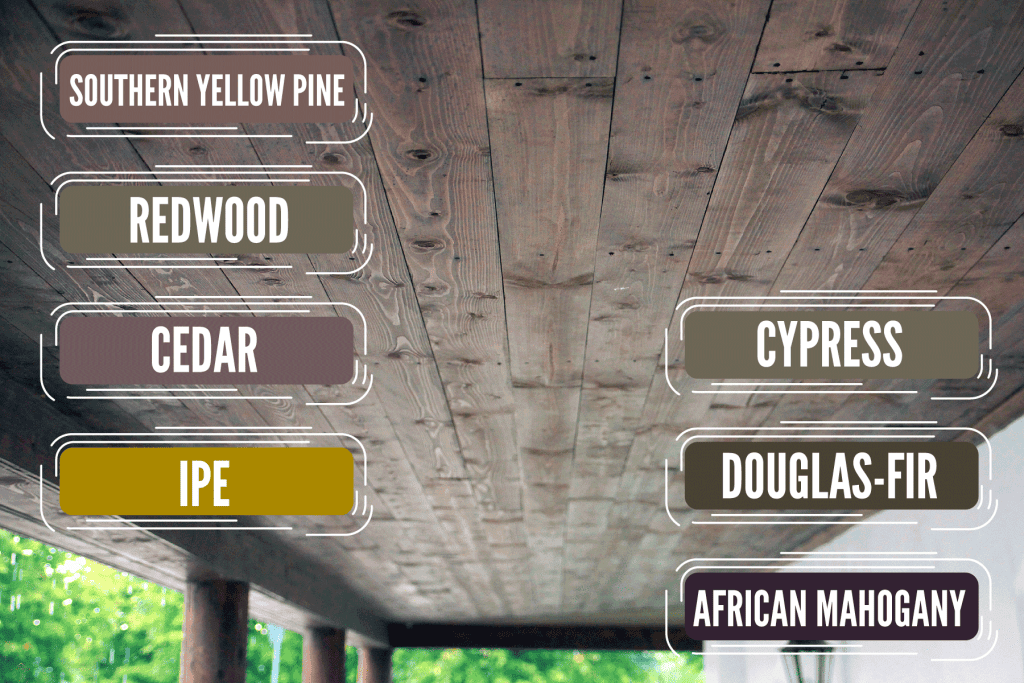
The southern yellow pine is an excellent outdoor option because it has a moderate natural resistance to decay. It's widely available at a moderate price and is ready for painting, staining, or sealing. When being used for exterior use, the wood is pressure treated to give it more defense against the elements.
Redwood
We sometimes add affiliate links and content that was curated and created by our team with the help of advanced ai tools to help showcase the best design styles.
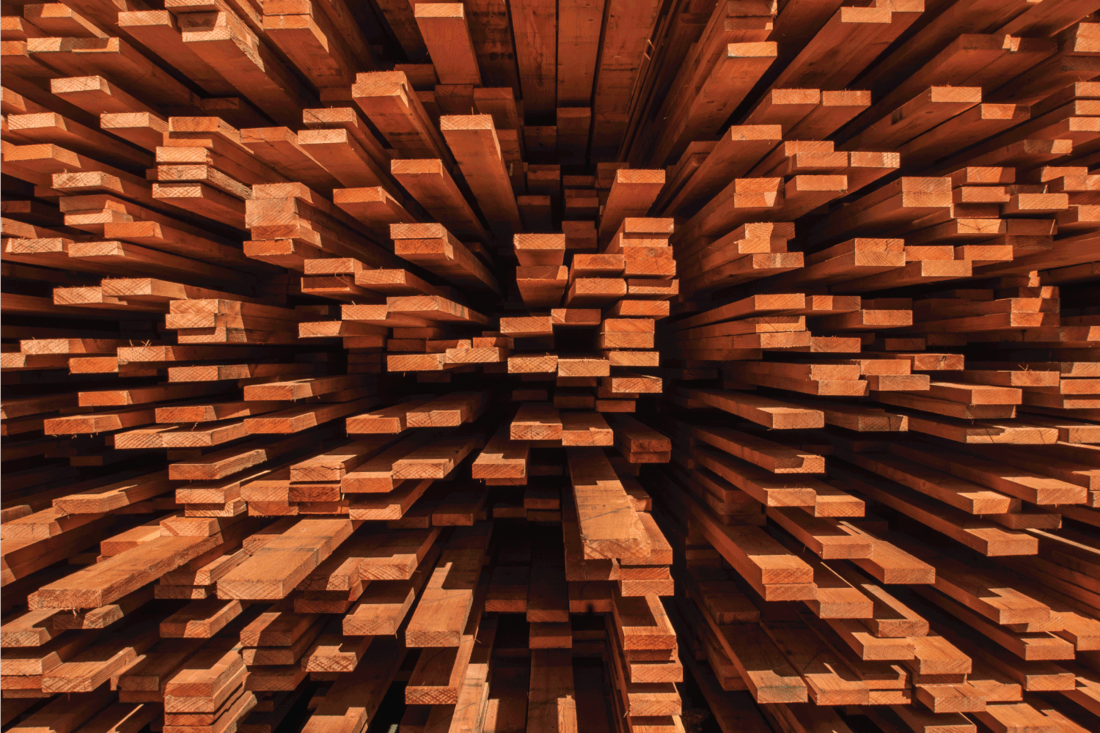
Redwood is typically sold in the mid-to-upper price range. It's considered an exceptionally stable wood and goes through very little seasonal movement and shrinkage.
This wood's moderate tovery durability against decay makes it a great choice for outdoor projects. Redwood takes to both glues and finishes well and is considered easy to work with.
Cedar

Cedar is sold at a moderate to a mid-range price depending on how the wood was cut. Rough-sawn cedar is used in construction, while quartersawn material is commonly seen in musical instruments.
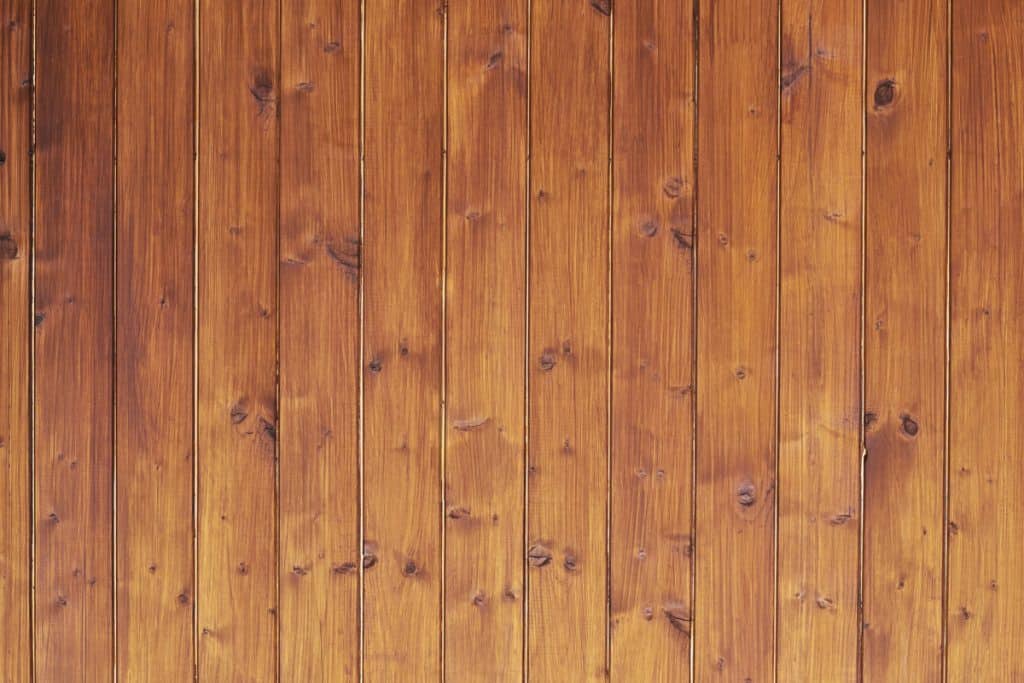
This timber has a natural resistance to rot and decay. It has a mixed resistance to insect attacks, with some being naturally more resistant. Cedar is easy to work with and takes to both glues and finishes well.
Cypress
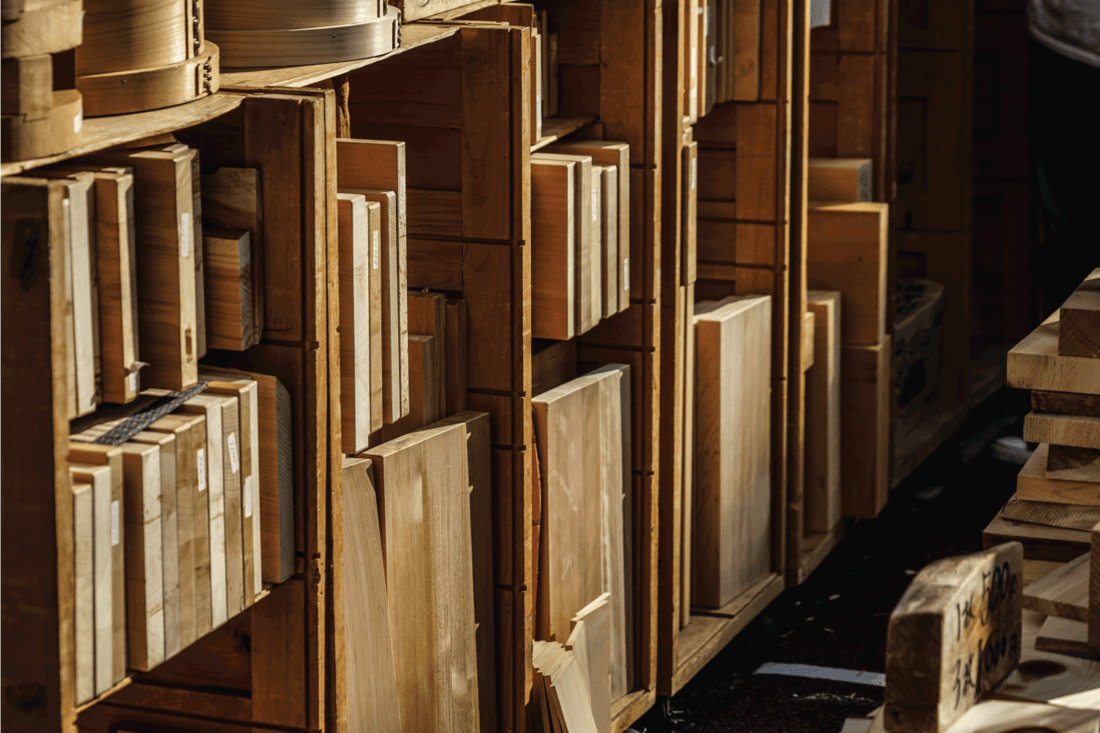
Generally sold at a mid-range price point, cypress is commonly used to build docks and other exterior and interior constructions. It's considered to be a durable and stable wood.
Cypress has a moderate to very durable resistance to rot depending on the age of the tree. Timber from an older tree will be naturally more resistant. Unlike other options, cypress even has a natural resistance to water. Fairly easy to work with, cypress takes well to glues, nails, finishes, and paints. However, it is recommended to use sharp cutters and light passes to avoid tear-out.
Douglas-Fir
Douglas-fir, which is not technically a fir at all, is sold generally sold at a good price point and is another commercially important timber. This wood is commonly used to create veneers and plywood and as structural and construction lumber.
This wood has a moderate natural resistance to decay. It is also susceptible to attacks from insects. Despite having a blunting effect on cutters, this is an easy wood to work with. It can accept stains, glues, and finishes.
African Mahogany
The African mahogany is found naturally in west tropical Africa. For an imported wood, African mahogany has a low to moderate price range. It's also readily available. Easily found in a variety of sizes and as plywood and veneers.
It has a moderate natural resistance to decay, as well as moderate resistance to insects and marine borers. African mahogany is easy to work with and accepts glues and finishes well. This type of wood can be a beautiful option. It has a natural luster and tends to darken with age.
Ipe
Another imported wood, ipe, is naturally found in Central and South America. Ipe typically has a moderate price point. This type of wood is commonly sold for use in decking and flooring. Although, you can sometimes find ipe as boards for furniture or general use.
Ipe is a rather difficult wood to work with. However, it has great resistance properties. It is very durable against rot and insects. It is also incredibly durable. Ipe was used on New York City's Coney Island boardwalk, and that didn't need to be replaced for 25 years! If you're willing to work with it, ipe can be a sturdy and beautiful porch ceiling.
Common Questions

Picking a material is only one of the things you need to take into consideration. Once you've got that decided, you also have to know how to care for and install your porch ceiling.
Does outdoor wood need to be sealed?
Wood is naturally porous and readily absorbs water. Wood that has been damaged by water is susceptible to swelling, warping, peeling, and could rot. Sealing your wood is a great way to protect it from those damages.
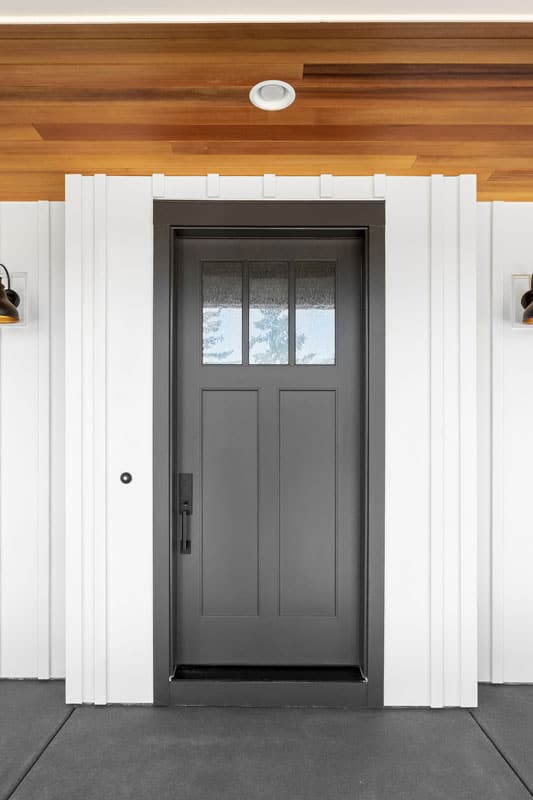
You should still seal your wood even if it has been pressure treated. Pressure-treated lumber typically only protects against rot and insects and not against water.
Check out "3 Methods to Waterproof Wood Furniture For Outdoors" for some great furniture waterproofing tips.
Can you put wood flooring planks on a porch ceiling?
It is possible to use wood flooring planks on a porch ceiling. When picking wood flooring for your ceiling, be sure to pick one without any extra padding or that is overly thick. It's best to pick lightweight flooring that is either long and narrow or short and wide.
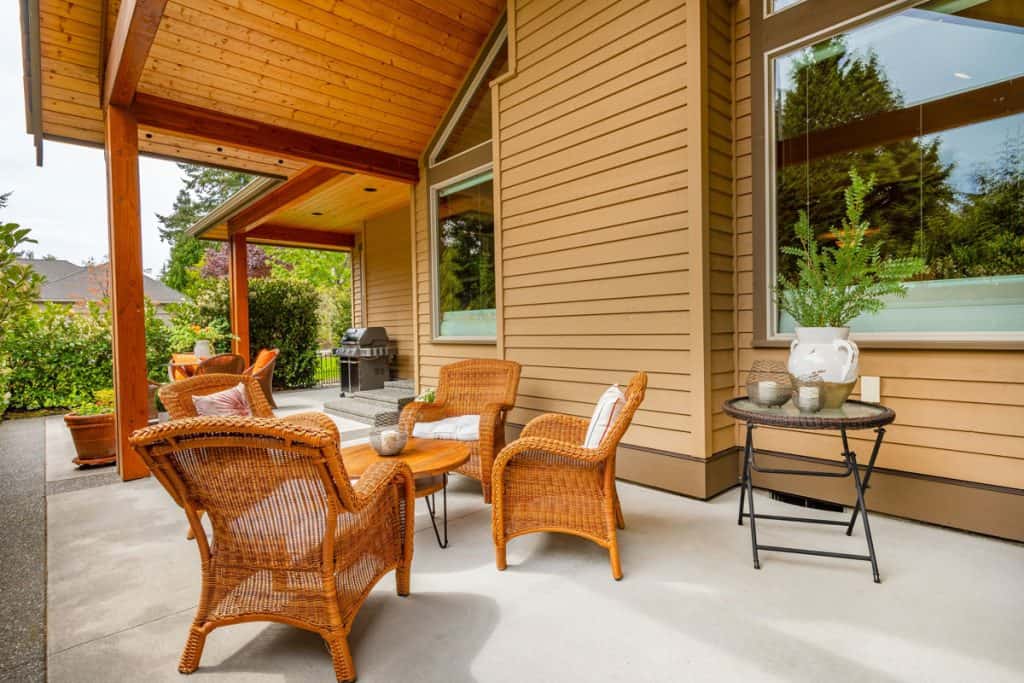
Which way should my ceiling planks run?
In general, your ceiling planks should be installed perpendicular to the ceiling joints. If you mount plywood to the ceiling joints first, then you can run the planks in any direction. This gives you more control over your design because you can run your planks in any direction you want.
Should you paint a porch ceiling?
Overall, painting your porch ceiling is a matter of preference. It isn't necessary to paint a porch. However, doing so can spruce up an older-looking porch, update the overall look of the house, and could even deter bugs.
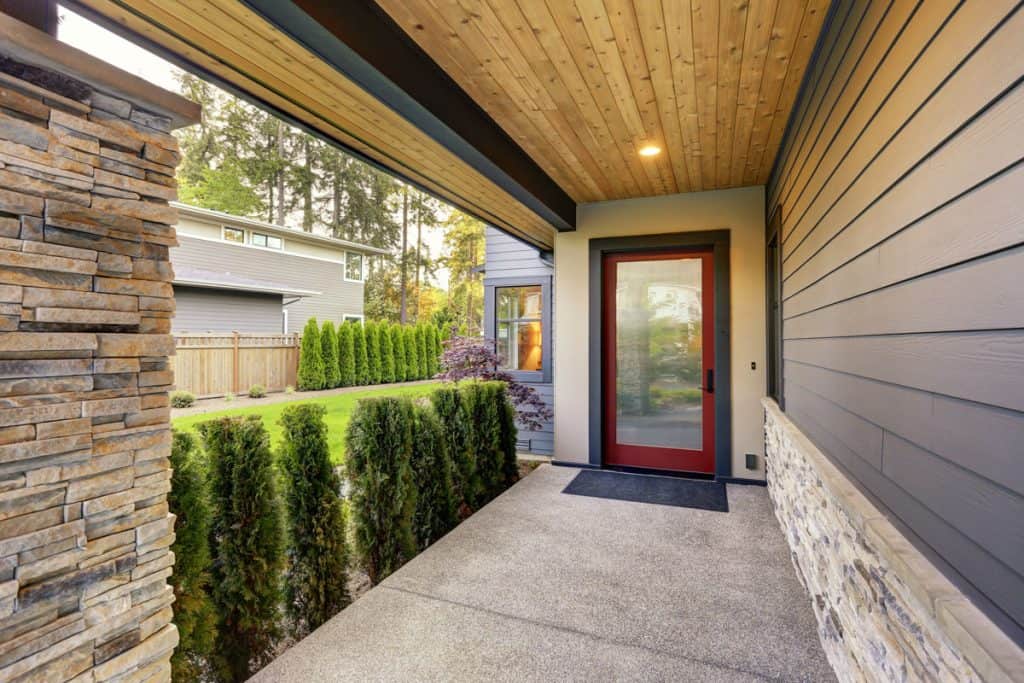
Light blue paint is typically used in the southern United States to keep bees, wasps, and other insects away. It is also said that color extends daylight hours in the morning and at dusk while also preventing birds from nesting on the porch.
If you want to get more information on blue ceilings, here's "Do Blue Ceilings Keep Bugs Away?"
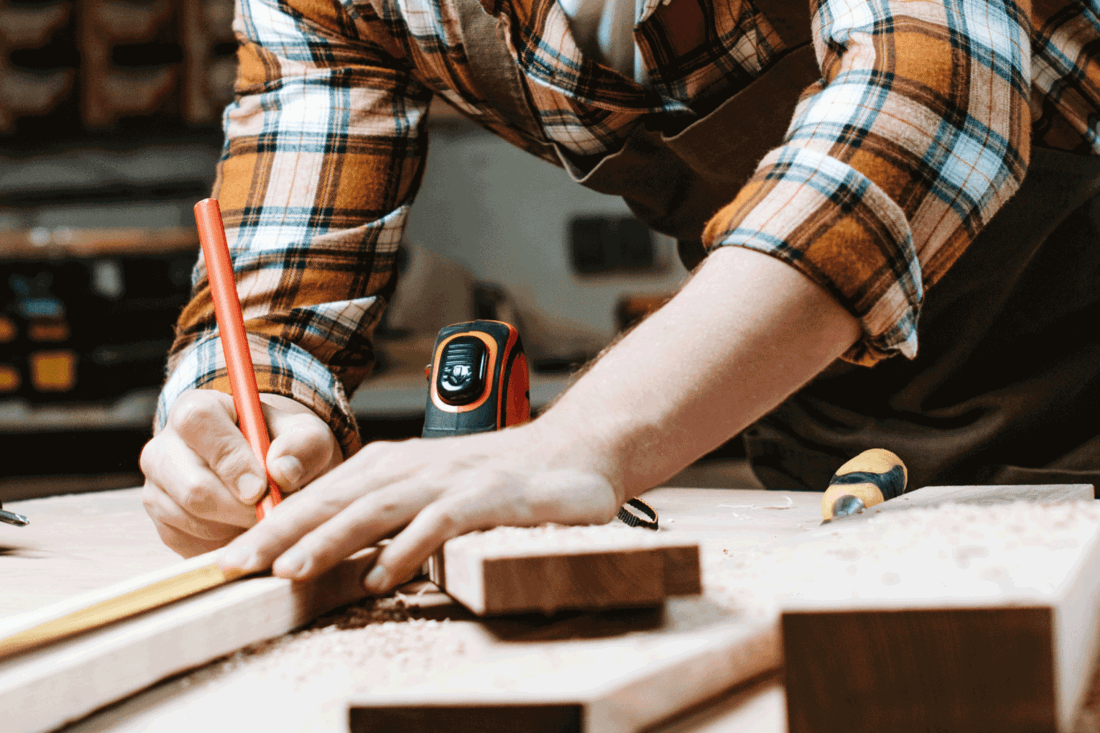
In Closing
There are many different wood options for creating a beautiful and safe porch ceiling. Before picking a wood, it's important to consider its natural resistance to outside wear and tear. If you plan on painting, work with wood that is easier to paint. There are also plywood and beadboard options that give the appearance of wood but are easier to work with.
For some design ideas for your front porch check out "100 Fabulous Front Porch Ideas."
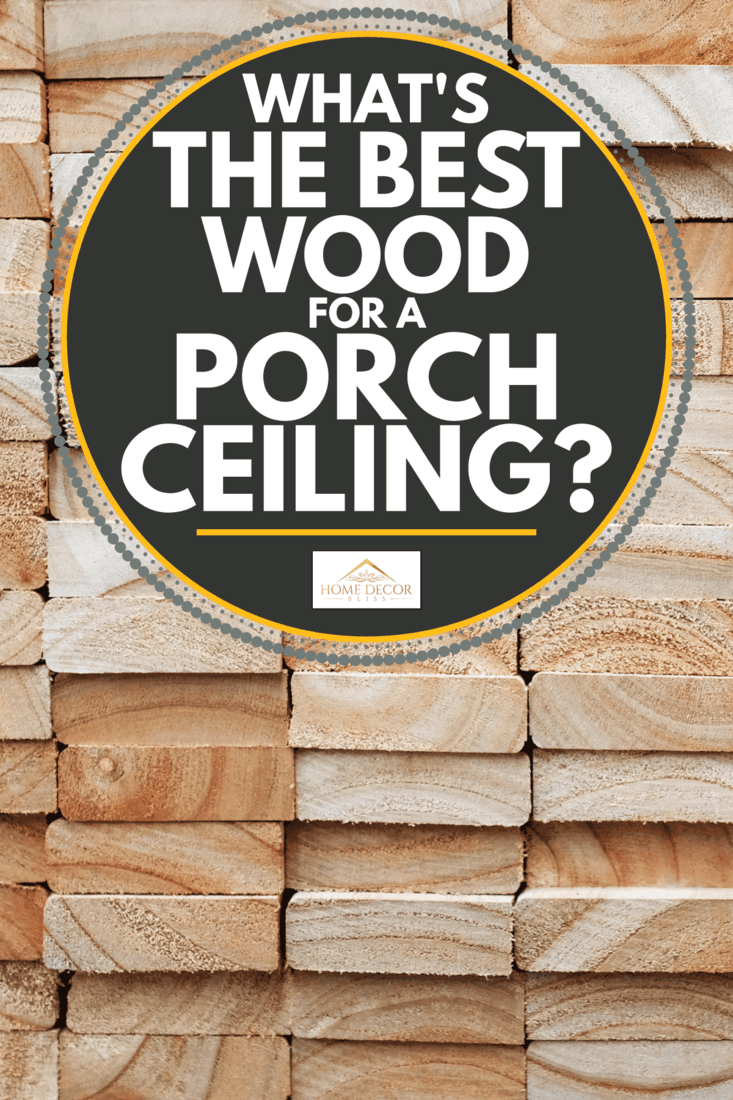

Can you use bamboo planks on an Lanai outdoor ceiling